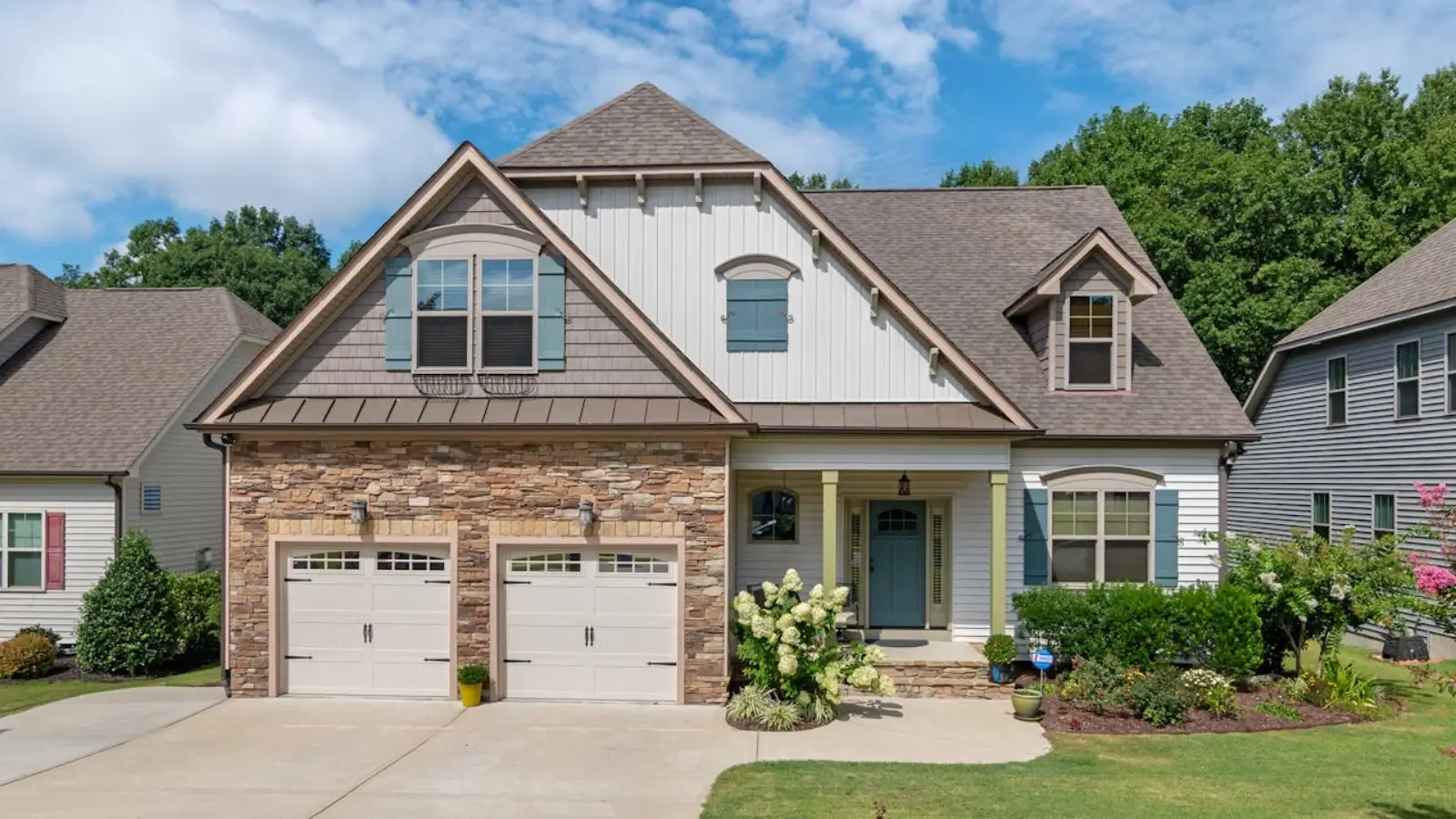


When it comes to updating your home’s exterior, the process often begins with a problem: a leak in the roof, drafty windows, peeling siding, or a front door that no longer seals properly. While these issues demand attention, responding in haste can lead to piecemeal repairs that miss the bigger picture. Exterior remodels offer an opportunity to reimagine your home’s protection, efficiency, and aesthetics—but only if they’re approached with strategy, not stress.
Smart planning puts you in control of the outcome. Rather than scrambling to fix problems as they arise, you can prioritize improvements based on longevity, return on investment, and your lifestyle goals. From roof replacement and siding upgrades to door and window installation, a purpose-driven remodel turns reactive maintenance into proactive transformation.
Here’s how to take the guesswork out of exterior remodeling by replacing pressure with planning—and how to make each upgrade count.
The roof is your home’s first defense against the elements, and it's the logical starting point for most exterior remodels. Before investing in visual upgrades, it's essential to make sure the structure above your head is sound. A roof inspection can reveal whether minor roof repair is needed or if it’s time to consider full roof replacement.
Look for warning signs such as:
Cracked or curling shingles
Visible sagging or water damage
Shingle granules collecting in gutters
Persistent leaks or mold growth in the attic
A quality roof installation protects everything beneath it, including walls, insulation, and interior finishes. By prioritizing this element early in the process, you’ll avoid the costly mistake of installing new siding or windows before addressing a failing roof.
Roof maintenance should also become part of your long-term strategy. Annual inspections and timely repairs can extend the life of your roof and delay the need for replacement—while also keeping energy performance high and damage risk low.
Siding may be one of the most visually transformative elements of an exterior remodel, but it serves a critical function as well. It acts as a weather-resistant barrier, shielding your home from wind, rain, and debris. Modern siding materials are engineered to insulate the home, resist impact, and require minimal upkeep.
When selecting siding, consider these factors:
Climate compatibility (moisture resistance, temperature fluctuation)
Energy performance (insulated vs. non-insulated)
Architectural fit (style, color, and texture)
Cracked, warped, or discolored siding is more than an eyesore—it can lead to moisture intrusion, rot, or pest issues. Replacing outdated siding not only improves your home’s curb appeal but also boosts durability and energy efficiency.
Coordinating siding upgrades with roof installation or repair ensures proper flashing, vent alignment, and consistent detailing. This approach also allows for thoughtful trim and transition design between surfaces, creating a cohesive and polished look.
While doors and windows might not command as much square footage as roofing or siding, they influence nearly every aspect of daily living. They control airflow, temperature, natural light, and security—all while contributing to your home’s style and personality.
If your exterior remodel includes window replacement or door installation, timing is everything. These upgrades are most efficient when planned in conjunction with surrounding materials. Installing windows after new siding can disrupt seals or trim, while replacing doors before addressing threshold damage may lead to misalignment or performance issues.
Some indicators it’s time for an upgrade include:
Difficulty opening or closing
Drafts or uneven indoor temperatures
Condensation or fog between window panes
Exterior light visible around closed door frames
Modern window installation practices improve insulation, reduce noise, and enhance UV protection. Door installation can also offer improved weather sealing, better locks, and visual harmony with the home’s overall design.
Exterior remodels don’t need to happen all at once. In fact, a phased approach often yields better results, especially when budget, time, or weather constraints are factors. The key is to create a master plan that outlines your priorities and connects each project to an overarching goal.
Start with the most time-sensitive upgrades—usually roof repair, roof replacement, or damaged siding. Then schedule aesthetic or efficiency improvements like window installation or entryway enhancements in logical sequence. Each improvement should complement the next, building toward a complete exterior update over time.
This type of planning helps:
Avoid redundancy in labor or materials
Ensure compatibility between new and existing elements
Maximize value by sequencing upgrades for visual and functional harmony
A smart exterior remodel isn’t about rushing. It’s about building a home that’s more comfortable, durable, and reflective of your vision—without cutting corners or reacting under pressure.
Exterior remodeling offers an opportunity to improve how your home functions as much as how it looks. Elements like energy efficiency, weather resistance, and ventilation should be part of every decision. But that doesn’t mean sacrificing style.
For example, integrating roof ventilation systems during roof installation not only protects your attic but reduces energy load. Selecting insulated siding enhances thermal performance without altering the profile of your walls. Upgrading to energy-efficient windows can reduce heating and cooling costs while boosting natural light and comfort.
These aren’t just technical upgrades—they’re lifestyle enhancements. When exterior remodels are viewed through the lens of everyday living, they become tools for improving how your home feels, functions, and performs.
Planning a successful exterior remodel requires expertise in multiple disciplines—from structural integrity and insulation to visual design and local codes. Choosing the right professionals ensures that each element, from door installation to siding layout, meets performance standards and aligns with your long-term goals.
A trusted partner like Character Exteriors understands how to coordinate roofing, siding, and window projects into a seamless experience. Their team approach allows homeowners to take on complex remodels with confidence, knowing that every detail—big or small—is considered in the process.
The most successful exterior remodels don’t happen in emergencies—they’re built through intentional, phased planning. By understanding how roof installation, siding, window replacement, and door upgrades work together, you can make decisions that improve your home’s performance, value, and longevity.
A home’s exterior isn’t just its shell—it’s the interface between comfort and climate, privacy and presentation, resilience and style. When updated with purpose, every element becomes part of a smarter, more sustainable home.
Whether you’re addressing aging materials or envisioning a full transformation, an exterior remodel should reflect what matters most: protection, efficiency, and the peace of knowing your home is built to last.